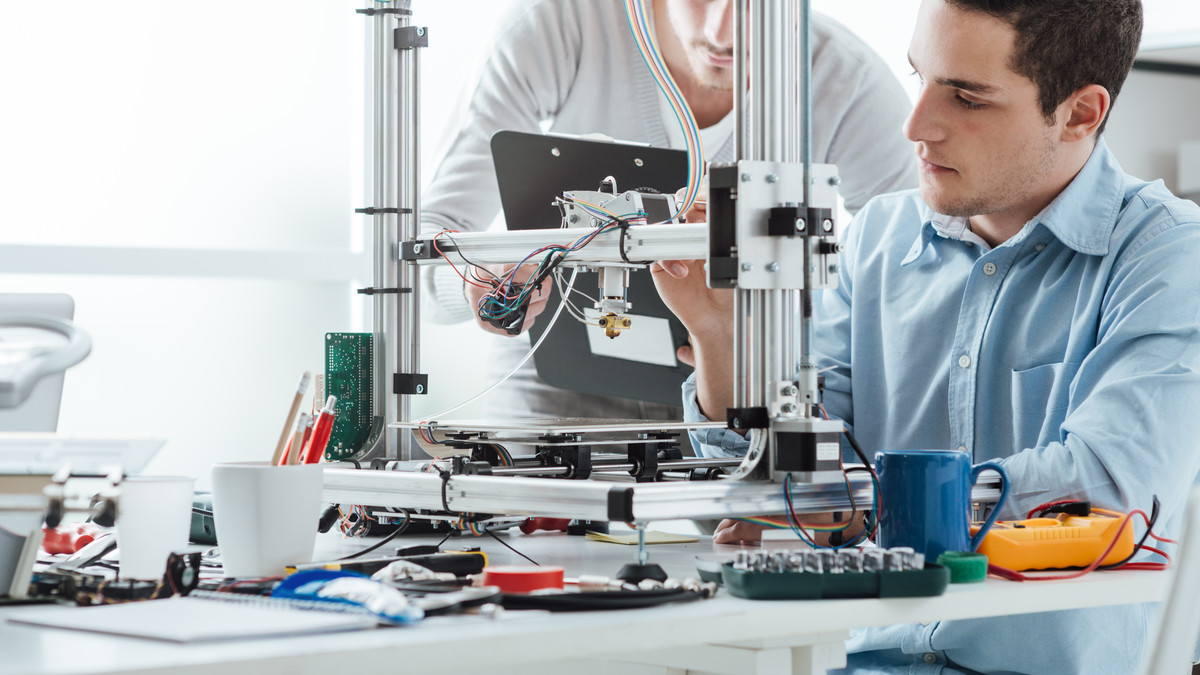A magician once mused that “Good timing is invisible. Bad timing sticks out a mile.” Little did he realize that product designers face a similar problem. Choosing a timing device seems tricky, but picking the right specs is easier than pulling rabbits out of a hat.
No one intentionally overlooks the significance of specs in choosing parts for electronics products. Some may deprioritize it. But, at least with timing devices, improper specs wreak havoc. The wrong timing solution can mean time drift, data corruption, dropped or broken connections, require too much board space, or cause excess power consumption.
Fortunately, with preparation, those mistakes won’t happen on your watch—or in your fitness tracker, your robotic arm, your self-driving vehicle, or your 5G gear. But, as we’ll see, these ‘vertical’ applications each require differentiated timing devices because there’s no one-size-fits-all solution.
Time for details
Anything with a circuit or a processor requires a clock, and the vast majority are based on crystal. Electronic systems rely on timing devices to provide the necessary clock signal and ensure data progression through the system occurs at the right moments.
Yet, the required precision of the clock is entirely dependent upon the desired application. What seems simple at first, quickly gains variety—and complexity. Crystals span frequencies of a few tens of kilohertz (kHz) up to hundreds of megahertz (MHz). There are standalone crystal units and ones integrated into oscillators and real-time clocks. MHz crystals are most common, appearing in temperature-compensated crystal oscillators (TCXO), voltage-controlled crystal oscillators (VCXOs), and programmable oscillators, while kHz may run in real-time clocks.
The direction of your timing device decision will often depend on the performance of the two areas below:
Stability – Stability refers to the frequency deviation under specified conditions. When considering a stability target—one that’s expressed in parts per million (ppm) or even parts per billion (ppb)—smaller figures indicate better performance. It’s also important to know the maximum frequency shift that may occur across a given temperature range. Here’s a scenario: if your application such as an ASIC for Wi-Fi requires +/- 20 ppm or less frequency variation over the product’s lifetime, selecting a part that offers +/- 20 ppm variation over one parameter—Frequency Tolerance, will not be sufficient. Other factors like temperature fluctuation, aging, manufacturing processes, etc. contribute to the frequency variation and should be accounted as well.
Jitter – Jitter is a way of expressing the consistency of individual clock cycles—and jitter requirements can vary by application. Applications with high data rates, such as video or networking, require low jitter values. Jitter can exist in a system due to random or deterministic sources. While random jitter is hard to eliminate, deterministic jitter can be traced back to its source and appropriate measures can be taken to reduce or eliminate it.
Find the precise timing solution
Ever since quartz crystals began appearing in PCs, cell phones, and car navigation systems in the 1990s, we’ve innovated to adapt quartz crystals to a rapidly evolving range of specialized electronics. Prepare for an explosion of new, resource-intensive applications that place higher demands on timing solutions. For example:
Increased 5G data speeds reduce the margin for error
5G network deployments are ramping up just as 5G smartphones are becoming the new consumer standard. 5G networks require ultra-high-speed data transfer and a rock-solid data transmission mechanism. If one device is sending bits of 1s and 0s, the receiving device on the other ends needs to be able to decode the bit as 1 or 0 correctly. Higher transmission speeds reduce the margin for error stemming from electrical noise in the system. Better timing devices support demanding low-noise requirements for high-speed communication in wired and wireless networks.
Satellite-dependent location accuracy
Satellites use highly accurate and expensive atomic clocks to keep accurate time. That’s why smartphones and standalone GPS receivers rely on satellite data and clocks for accurate positioning and timing. When the local timing devices in our handheld devices work correctly, we gain access to the precise satellite data. However, any error in our local timing device will cause a frequency error—resulting in an inaccurate location fix.
Greater accuracy required in car clocks
Weather can play tricks on older car clocks, causing time to drift a few minutes at extreme temperatures. In newer vehicles, we expect higher performance from our clocks and there’s lower consumer tolerance for inaccuracy. Demand is heightening for timing devices that can keep accurate time no matter the surrounding temperature.
Ultra-precise clocks help prevent dropped calls
Our smartphones contact cellular towers and, as we move, the connection hops over to another nearby tower. This apparently seamless transition is possible because of the synchronization between multiple cell towers. Ultra-precise clocks enable tight synchronization of cell towers—a factor that will be increasingly important for data-intensive 5G applications.
Why your partner matters
Anticipating your rapidly evolving timing application requirements is core to our philosophy and a fundamental part of what we bring to customer partnerships. Choosing the right partner means not having to compromise on quality, reliability or expertise. Count on us every time to deliver:
- Quality. We offer a variety of solutions that meet your needs, all from one source. Epson manufactures and produces its own synthetic Quartz and is the only manufacturer to design and fab our own integrated circuits.
- Reliability. As the world’s largest supplier of timing devices, we not only understand your needs, we have everything you need to enhance your designs and support your product innovation.
- Expertise. We are industry leaders in vertical integration and our supply chain enables us to control quality, innovation, and maintain competitive pricing.
Learn more about Epson Timing Devices >
![]()



